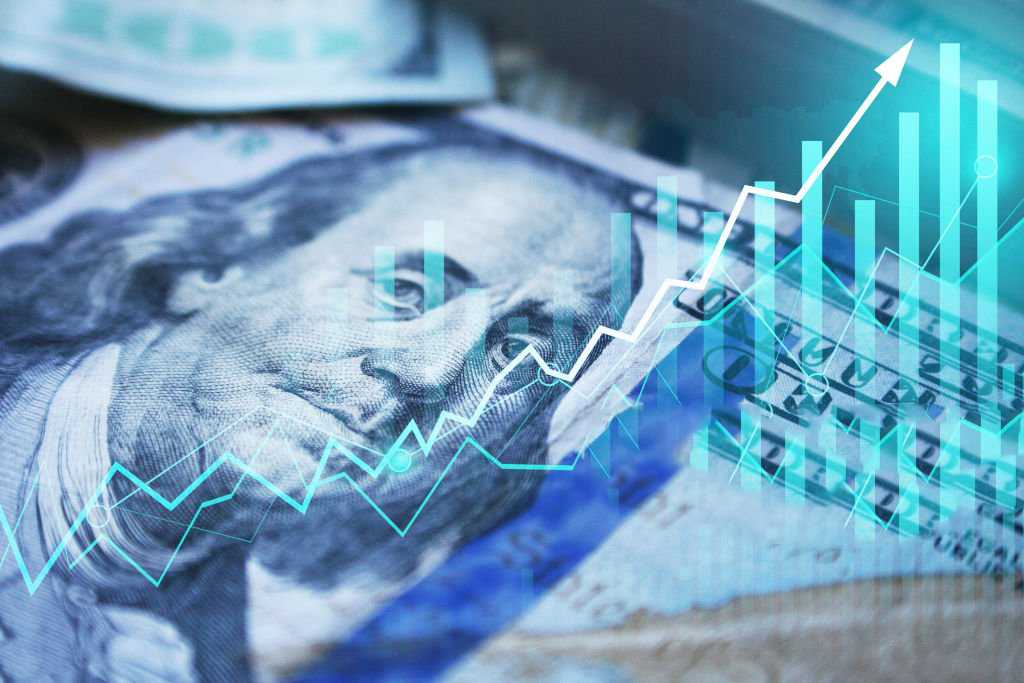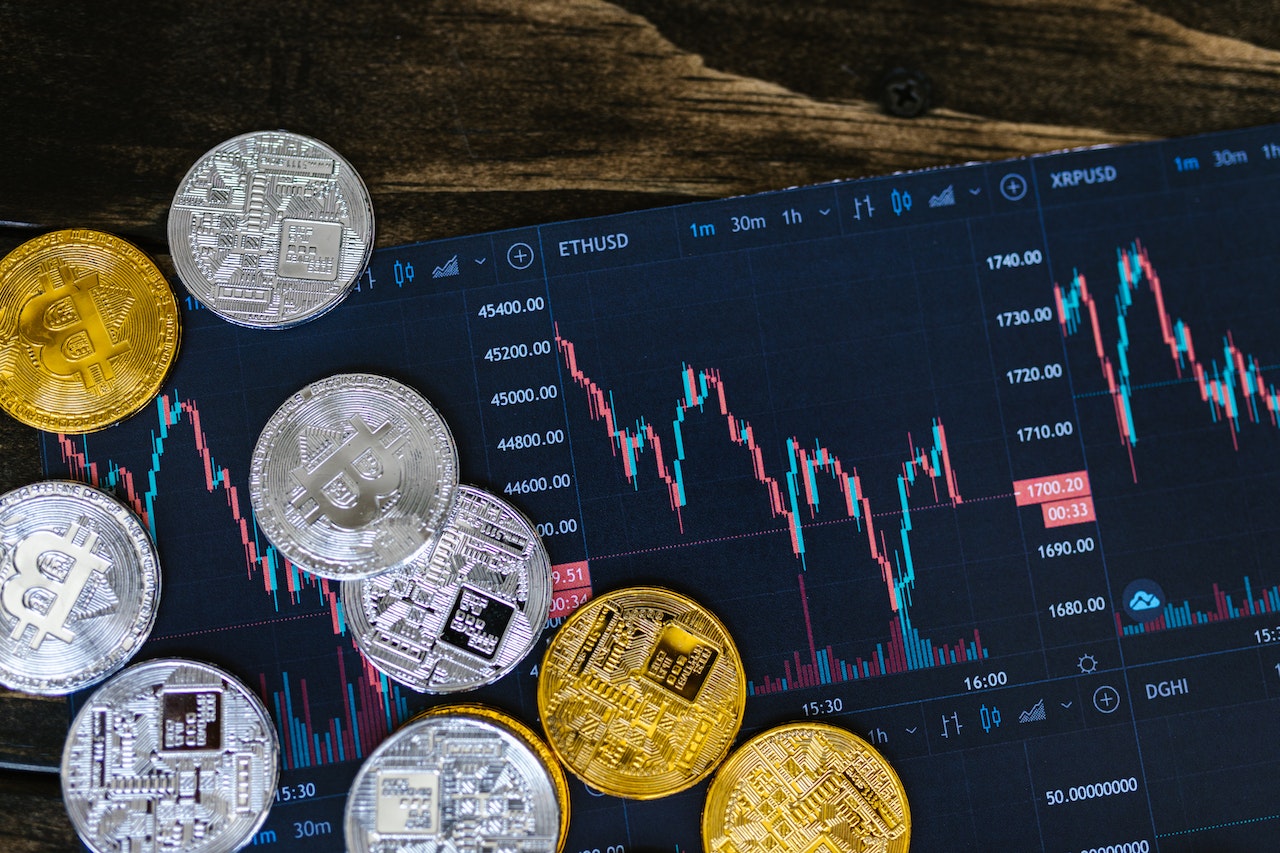
Financial Strain on Consumers: Inflation and Elevated Interest Rates Pose Substantial Challenges
A cursory look at some of the nation’s key economic indicators might lead one to believe that the average American consumer is content. The headline unemployment rate, standing at 3.9%, not only signifies full employment but is also close to the lowest rate in the past five decades. Additionally, GDP growth, which was a modest 2.1% in the second quarter, surged at more than double that pace in the third quarter, according to the Commerce Department’s recent advance estimate.
Consumer spending, constituting 70% of GDP, saw a 4% increase in the third quarter and played a significant role in the 4.9% overall GDP growth. On the surface, these appear to be robust figures reflecting the breadth and width of economic activity, suggesting an optimistic outlook among American consumers.
However, this is not the case.
The Consumer Confidence Index from the Conference Board dropped for the third consecutive month in October, following a sharp decline in the University of Michigan’s Surveys of Consumers, which has also slid for three consecutive months. Despite low unemployment, improving GDP growth, and continued group spending, consumers seem unaffected by positive economic signals. The communication of this message appears hindered by persistent inflation and higher interest rates.
The consequence is an American consumer base increasingly characterized by challenging economic realities, such as living paycheck-to-paycheck and experiencing a phenomenon known as the credit-card “doom loop.”
This week, we delve into the frontline of the economic challenges faced by consumers, aiming to understand better why seemingly positive metrics like low unemployment and robust GDP growth do not translate into improved quality of life for many.
SURVEY: Elevated Interest Rates Pose Challenges for Middle-Class Americans
As per a Harris poll commissioned by Bloomberg News, a significant portion of middle-class Americans is expressing concerns about the state of the economy. Interestingly, this worry has intensified over the past year, despite a notable and consistent decline in inflation.
The survey reveals that a substantial 44% of middle-class individuals are feeling “stressed” about the economy, marking an increase from the 40% recorded a year ago. The primary culprit behind this anxiety is identified as the higher interest rates implemented by the Federal Reserve in its efforts to curb inflation, with 57% of respondents indicating that these elevated rates are adversely affecting their household finances.
For instance, paralegal Rebecca Acuna, in need of a new car, has opted to delay the purchase due to what she considers prohibitive interest rates. According to her, financing a car under the current interest rate conditions is inconceivable, leading her to continue driving her current vehicle until it becomes unviable.
The survey also highlights that 61% of middle-class Americans believe their financial situations have either worsened or remained unchanged compared to the previous year. This sentiment indicates a prevailing frustration, if not bitterness, among Americans regarding how politicians and economists perceive their financial challenges.
Tiffany Bond, an attorney in Maine, expressed skepticism about the understanding of the current budgetary stress by elected officials. John Gerzema, CEO of the Harris Poll, echoes this sentiment, emphasizing the disconnect between economists and the everyday financial struggles of the middle class.
Real personal income is witnessing a decline, with the Commerce Department reporting a consecutive three-month drop in September when factoring in inflation and taxes. The prevailing emotion among respondents when contemplating the economy is stress.
One notable area where the impact of higher interest rates is particularly challenging is for individuals using credit cards and carrying balances—an increasingly common scenario.
Next, we’ll explore the specific challenges posed by higher interest rates for those managing credit card balances.
INCREASING NUMBER OF AMERICANS ENSNARED IN THE CREDIT-CARD “DOOM LOOP”
Earlier this year, reports emerged that credit card debt in the United States had surpassed the historic $1 trillion mark. Some analysts downplayed the significance, citing the concurrent rise in household asset values as a balancing factor for the increased debt load.
However, recent data released by the Consumer Financial Protection Bureau (CFPB) suggests that an escalating number of Americans are becoming ensnared in the financially detrimental phenomenon known as the credit card “doom loop.”
This “doom loop,” clinically termed “persistent debt,” is characterized by borrowers facing higher charges in interest and fees than they can offset through principal payments—a situation notoriously challenging to escape. A CFPB representative stated, “People get into this situation they can’t get out of. The fees and interest keep people trapped there.”
According to the CFPB, approximately 10% of credit card accountholders found themselves trapped in this doom loop in the previous year, marking an increase from the 8.4% recorded in 2021. The CFPB attributes this rise to a combination of declining real earnings and elevated interest rates.
In the preceding year, Americans were burdened with a staggering $105 billion in credit card interest, including a noteworthy $30.5 billion in the fourth quarter—a fourth-quarter total not witnessed since at least 2015, according to the CFPB. Much of this surge is attributed to the escalation in credit card interest rates, a direct result of the Federal Reserve’s efforts to combat inflation.
The CFPB highlights that the average Annual Percentage Rate (APR) on private label cards reached a striking 27.7% by the end of the last year. Concurrently, the average rate on general-purpose cards increased from 18.8% in mid-2020 to 22.7% by the close of 2022.
Anticipating a further increase in the number of Americans caught in the credit card doom loop this year, the CFPB emphasizes the industry’s use of rewards to lure consumers in. However, unforeseen circumstances can disrupt plans, leading to the hefty price of carrying a balance.
Disturbingly, the CFPB notes that a significant percentage of accounts made only the minimum payment each month in the previous year—13% of general-purpose credit card accounts and 17% of private-label accounts.
As ongoing inflation, rising interest rates, and the expense of using credit cards contribute to financial strain, a concerning proportion of Americans are now finding themselves living paycheck to paycheck. One consumer advocacy group even identifies this as “the main financial lifestyle among U.S. consumers.”
The next segment will delve deeper into the challenges faced by Americans grappling with the repercussions of inflation, interest rates, and the use of credit cards to navigate their financial circumstances.
“Living from Paycheck to Paycheck” Emerges as the Dominant Financial Lifestyle in the United States
Undoubtedly, Americans find themselves caught in the crossfire of both inflation and elevated interest rates, prompting a necessary adjustment to what consumer-finance researchers LendingClub characterize as a new financial reality—a prevailing “financial lifestyle.”
Living paycheck to paycheck has become the norm for a significant portion of the population. As of September, 62% of American adults reported adopting this financial approach, a percentage unchanged from the previous year. In the face of these economic challenges, the report somberly underscores that “living paycheck to paycheck remains the main financial lifestyle among U.S. consumers.”
This situation isn’t entirely unexpected, considering the current economic landscape represents the most formidable period of inflation since the era aptly labeled the “Great Inflation” four decades ago. To counter soaring prices, the Federal Reserve has implemented the most rapid interest rate hikes in approximately 40 years.
The complexity deepens when considering the burden of debt shouldered by Americans. Total household debt surpassed the historic $17 trillion mark this year, a milestone contributing to heightened financial strain. Notably, over $1 trillion of this debt is attributed to costly credit card balances.
High prices, elevated interest rates, and record debt levels create a perfect storm, leaving the majority of the nation perilously close to financial trouble with just one missed paycheck. Columbia Business School economics professor Brett House observes that many households are grappling with stretched finances, forced to make difficult choices like deferring discretionary spending to meet loan obligations and cover essential costs. The resumption of student loan payments adds an additional layer of stress to the situation.
The ongoing confluence of persistently high inflation and interest rates has led to significant economic challenges for many Americans. Consequently, consumer confidence continues to decline, and the optimistic prospect of a smoothly navigated conclusion to the current cycle of high inflation and interest rates remains uncertain.
In these circumstances, the hoped-for soft landing may prove elusive once again, underscoring the enduring hardships faced by individuals navigating this challenging economic terrain.
In the midst of these economic challenges, the financial landscape is witnessing a notable surge in interest in precious metals investing. The bid that ignites the gold sector has garnered attention from investors seeking stability amid market uncertainties. As individuals navigate the complexities of inflation, higher interest rates, and the credit-card “doom loop,” there is a growing recognition of the role that precious metal investments can play in diversifying portfolios and hedging against economic volatility. Silver investment plans, often overlooked, are gaining traction as savvy investors explore opportunities beyond traditional asset classes. For more information visit goldinvestors.us
Title: Economic Strain: Inflation, Rates, Credit Woes
Description: Facing economic strains with inflation, rising interest rates, and credit card challenges, Americans turn to precious metal investments for stability.




